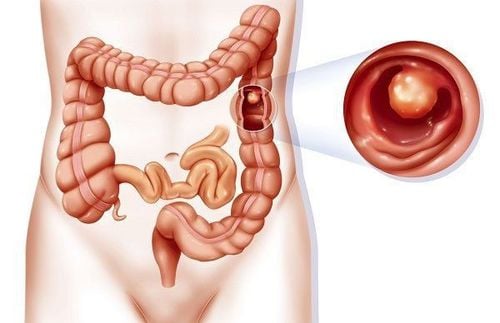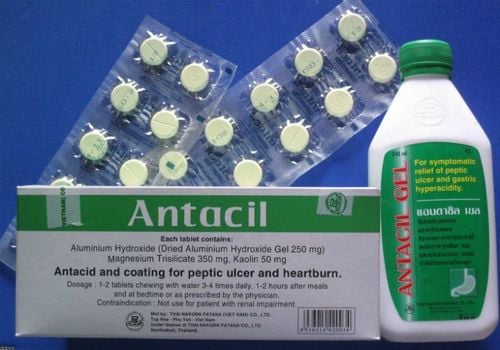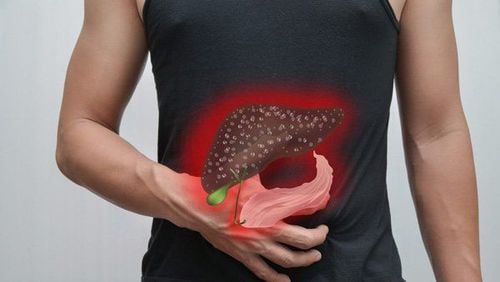This article is professionally consulted by Specialist Doctor I Dong Xuan Ha - Gastrointestinal Endoscopy Specialist – Department of General Consultation & Internal Medicine – Vinmec Ha Long International General Hospital.
Endoscopic examination of the stomach helps doctors observe the stomach’s internal images clearly and in detail, as well as assess the severity of the disease to predict treatment outcomes.
1. What is Gastritis?
Gastritis is a condition involving inflammation and ulceration of the stomach lining. The damage occurs when the stomach’s protective mucosal layer is severely eroded, exposing the underlying tissue, leading to inflammation and ultimately causing stomach ulcers. The condition can result in gastrointestinal bleeding if the ulceration is large and causes bleeding. If the gastrointestinal bleeding is not detected and treated promptly, it can lead to death from blood loss.
The primary causes of gastritis are:
- Helicobacter pylori (HP) bacteria: HP bacteria, after entering the stomach, thrive in the mucosal layer. They secrete toxins that impair the mucosal defense against acid, leading to chronic gastritis, which can progress to ulcers or stomach cancer.
- Excessive use of painkillers and anti-inflammatory drugs: Prolonged use of painkillers and anti-inflammatory drugs can increase acid secretion and inhibit the protective substances of the stomach lining, causing pain and leading to gastritis and stomach ulcers.
- Excessive stress: Stress, anxiety, or anger can increase gastric acid secretion, damaging the protective mucosal layer and leading to gastritis.
- Irregular eating and living habits: Irregular eating and living habits such as eating too late, staying up too late, or waking up too early can affect the stomach’s contraction activities, leading to increased acid secretion, damaging the mucosal layer, and eventually causing gastritis and stomach ulcers.
- Other causes: Autoimmune diseases, chemical exposure, frequent alcohol consumption, smoking, etc.
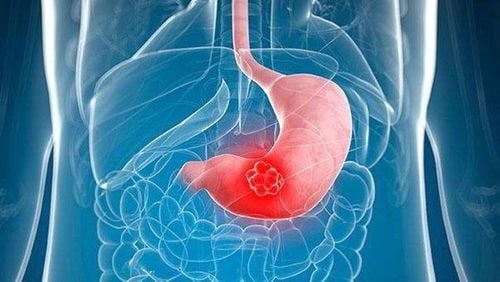
Symptoms of Gastritis include:
- Upper abdominal pain: This is the main symptom of the disease. It usually occurs on an empty stomach or at night. The pain is dull and persistent or may come in waves, accompanied by a burning sensation in the upper abdomen.
- Frequent burping: People with gastritis often experience belching, acid reflux, nausea, vomiting, and discomfort in the stomach.
- Digestive disorders: Patients may experience bloating, slow digestion, diarrhea, or constipation due to unstable digestion.

2. Gastroscopy to Diagnose Gastritis
Gastroscopy helps doctors observe the stomach images clearly and in detail, as well as assess the severity of the disease for an accurate prognosis and treatment plan.
2.1. What is Gastroscopy?
Gastroscopy is a method that uses a flexible endoscope to examine the esophagus, duodenum, and stomach. This procedure is relatively safe, although complications such as mucosal scratches, infection, bleeding, or tears may occur due to patient non-cooperation. Those who exhibit the following symptoms should consider undergoing a gastroscopy:
- Indigestion, heartburn, belching, acid reflux.
- Upper abdominal pain, nausea or vomiting, bloating, slow digestion.
- Black stool.
- Those undergoing treatment for gastrointestinal system diseases.
- Special cases such as difficulty swallowing, prolonged cough with no clear cause, weight loss, anemia, etc.
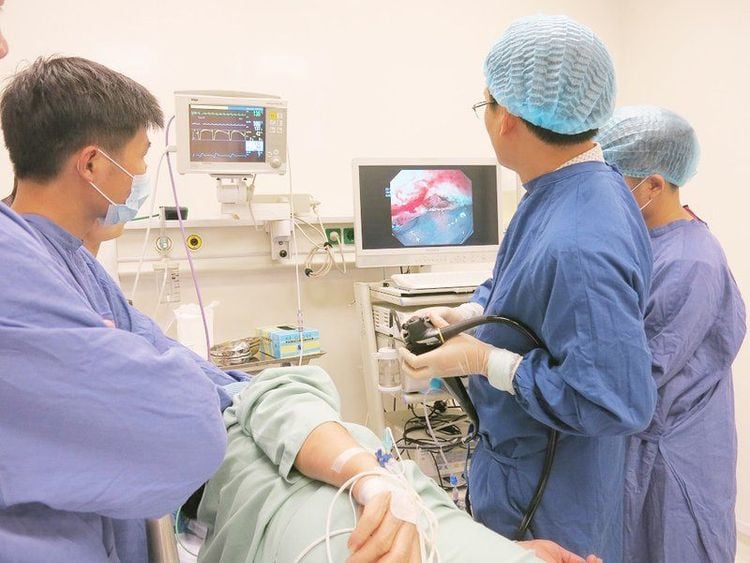
2.2. Gastroscopy Methods for Gastritis
- Oral Gastroscopy: This is the most commonly used method today due to its ease of implementation and high accuracy. However, it can make patients feel nauseous, uncomfortable, and anxious during the procedure.
- Nasal Gastroscopy: This method involves inserting the gastroscope through the nose into the esophagus, stomach, duodenum, and pylorus for diagnostic purposes using endoscopic images. It is easy to perform, has high accuracy, and the smaller diameter of the scope causes less nausea, making it less uncomfortable for the patient. However, it cannot be done if the patient has nasal disorders or a narrow nostril.
- Sedated Gastroscopy (Painless):
- This method is performed for patients who feel anxious or request pain relief during the procedure.
- Sedated gastroscopy means inserting the gastroscope through the mouth into the esophagus, then down into the stomach, pyloric region, and duodenum while the patient is in a sedated state.
- Due to sedation, the patient will not feel discomfort or nausea during the procedure. The sedative time is short, and only a small amount of anesthetic is used. However, the cost is higher than conventional gastroscopy, and it may require additional tests.
- The main advantage of sedated gastroscopy is that the patient remains still during the procedure, allowing the doctor to carefully examine and detect any small suspicious lesions, perform biopsies accurately, and safely conduct any necessary procedures.

2.3. Gastroscopy Images
Normal gastroscopy images are diagnosed when:
Upon performing gastroscopy, the stomach mucosa appears soft, smooth, and uniformly pink; the mucosa along the greater curvature of the body of the stomach is less than 5 mm in width and disappears when air is pumped into the stomach; blood vessels in the fundus are visible.
Endoscopic signs of gastritis are diagnosed when:
- Edema: The stomach mucosa thickens, appears pale, white, and may be accompanied by exudation.
- Congestion: The mucosal area has blood that appears black or red.
- Increased secretion: This condition is common in acute gastritis, where there is an excess of mucus.
- Friable mucosa: The mucosa becomes friable, and petechial hemorrhages appear upon slight touch.
- Flat erosion and protrusion: Erosions appear on the mucosal layer, usually in the antrum or body of the stomach; the endoscopy shows pseudomembranes in the base with congested borders, and raised lesions.
- Mucosal atrophy: The mucosa becomes thin, and the mucosal folds in the body of the stomach atrophy.
- Intestinal metaplasia: Elevated lesions like nodules or small patches, commonly seen in the antrum.
- Signs of Gastritis: Endoscopic signs may include bleeding in the gastric wall, visible blood vessels, granulomas, etc.
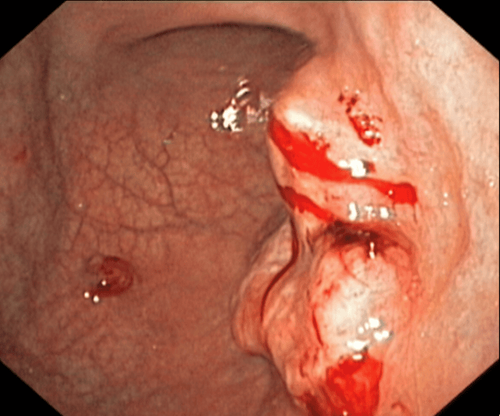
Vinmec International General Hospital, with a team of leading experts and state-of-the-art equipment, is ready to meet the needs of patients requiring sedated gastroscopy and colonoscopy. At Vinmec, patients will undergo procedures in a sterile environment with modern Olympus CV 190 endoscopy systems, using color enhancement and magnification to detect even small lesions (only a few millimeters) and accurately locate the lesions for biopsy to identify cancer cells, treat polyps, and screen for Helicobacter pylori bacteria. The entire process will be managed by a team of experienced doctors specializing in endoscopy and gastrointestinal disease treatment, ensuring comprehensive consultation and care for every patient’s needs.
To arrange an appointment, please call HOTLINE or make your reservation directly HERE. You may also download the MyVinmec app to schedule appointments faster and manage your reservations more conveniently.

